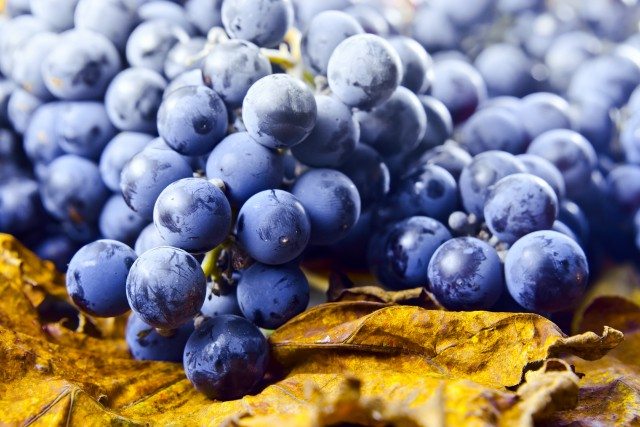More than 97% of all samples analyzed as part of the latest Europe-wide monitoring program of pesticides in foods contain residue levels that fall within legal limits.
More than 54% of samples were found to be free from any detectable trace of the chemicals, according to the European Food Safety Authority’s (EFSA) 2012 annual report on pesticide residues in food.
The report is based on the analysis of almost 79,000 food samples carried out by 27 EU Member States, Iceland and Norway.
This scrutiny of pesticide residues in foods sees each of the 29 reporting countries carry out two control programs: a national program designed by each country and an EU-coordinated program requiring all national food control authorities to conduct consistent monitoring activities.
In 2012, 12 food products were analyzed as part of the EU coordinated program for a total of 205 different pesticides.
For both programs, 78,390 samples of more than 750 different food products were tested for the presence of nearly 800 pesticides and metabolites.
The national programs found that 97.1% of the food samples analyzed contained pesticide residues that were within EU legal limits – known as maximum residue levels (MRLs).
Organic foods showed a lower MRL exceedance rate compared to non-organic products (0.8% versus 3.1%).
The non-compliance rate of food imported from third countries into the EU, Norway and Iceland was five times higher than foods originating from these nations (7.5% compared to 1.4%).
The results of the EU coordinated program showed that 99.1% of the samples analyzed contained residue levels within permissible limits and that almost 60% of samples contained no measurable residues at all.
The foods with the highest MRL exceedance rates were broccoli (2.8%), cauliflower (2.1%), table grapes (1.8%), sweet peppers (1.4%) and aubergines (1%).
The foods with the lowest MRL exceedance rates were peas without pods and olive oil (both 0.1%), wheat (0.7%) and bananas (0.7%).
No MRL exceedances were detected in either orange juice or in animal products (butter and chicken eggs).
EFSA also carried out an assessment of whether current dietary exposure to pesticide residues presented a risk to human health – both in the long-term (chronic) and short-term (acute).
The authority concluded that the presence of pesticide residues in food in 2012 was unlikely to have a long-term effect on consumer health.
For short-term exposure to pesticide residues, a risk could not be excluded for about 0.02% of the samples if these foods were eaten in high quantities.










